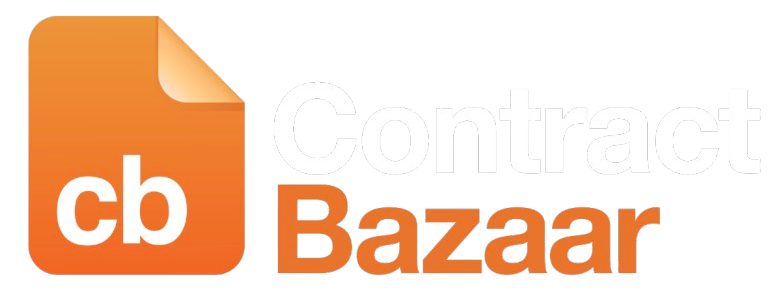Finding the proper person and integrating them into your organization’s ecosystem are both key components of the hiring process, which is crucial for every organisation. It becomes crucial for the human resource management team to adhere to the correct method in order to avoid overlooking any details that could come back to haunt the company or its personnel. The most typical type of employment is permanent employment, however, every organisation must have an agreement for its employees. This standard employment agreement covers all work-related details, including the date of hire, job title, compensation, benefits, and retirement.
Any organisation can benefit from offering permanent employment because it ensures that the greatest personnel will be working there. However, it is essential that you provide them with the correct role, job security, and stability as an employer.
What is a Permanent Employment Agreement?
Any rights, obligations, conditions of employment, etc. that define the legal relationship between an employer and an employee are spelt out in an employment agreement. It includes many clauses that bind both the employer and the employees. Employees who work regular hours and are paid a salary or an hourly rate are covered by this agreement. It also qualifies as an agreement with a long-term employee. Unless the employee voluntarily resigns or the employer cancels the employment, this agreement will remain in effect. All statutory rights and employment rights are granted to any employee recruited on a permanent basis.
Features of Permanent Employment Agreement
An extensive document that contains all pertinent aspects of an employee’s employment is a permanent employment agreement. All of the items listed in Section 1 of the Employment Rights Act of 1996 must be covered by the standard employment agreement.
- Name of the employer and employee
- Date of start of the job
- Wages or salary details
- Hours of work
- Sick leave
- Retirement policy
- Notice period
- Place of work
- Job role and KRA
These are the minimum terms which are a must in any employment agreement, besides you can also add the following details to the clause:
- Additional benefits like perks, special allowances, commission, etc.
- Post-termination restrictive covenants like poaching clients or staff, joining competitors, etc.
Benefits of Permanent Employment Agreement
Going forward with a permanent employment arrangement has many advantages, some of which are listed below:
- The employee receives certainty and job security.
- The employment agreement contains specific information regarding the position’s responsibilities, title, etc.
- Benefits including insurance coverage for health, accident, death, dentistry, and life are available to permanent employees.
- Retirement benefits are yet another benefit of long-term employment.
- Another guarantee of the permanent employment agreement is the possibility of job advancement. The employment agreement makes reference to the minimum increment that must be paid to the employee
A written employment agreement is a must, especially if the employer intends to work with the employee in the long term. It discusses the tasks that each permanent employee is expected to perform as well as their rights and responsibilities as an employee and an employer. Every organisation must comply with a legal obligation when recruiting permanent personnel in addition to an ethical one: a permanent employment agreement.
